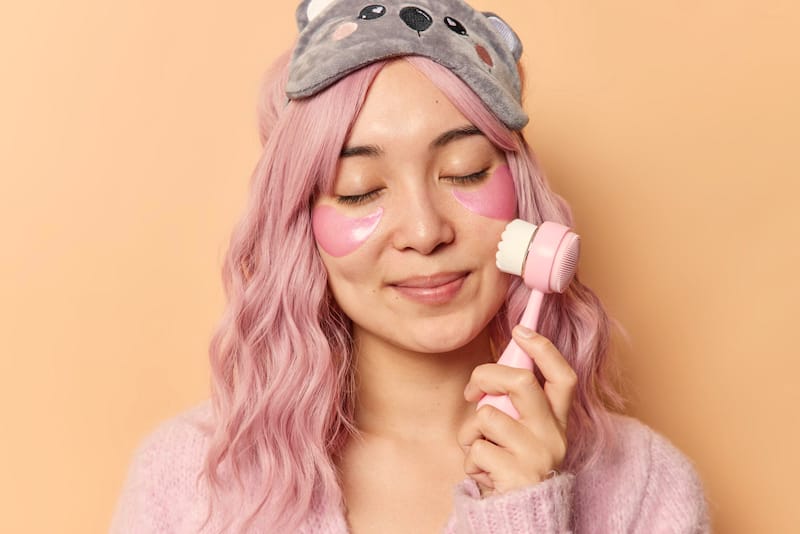If you are one of the many people who got intrigued with how Koreans keep their skin radiant and glowing with minimal makeup and tried to use their products as well as the 7-10 skincare routine, then we are on the same page.
Your daytime skincare routine is all about protection from the sun, dirt, and pollution, while your nighttime routine should be all about the treatment and giving your skin what it needs.
So let’s break down each product and the benefits of using them.
For most of us, it used to be a simple wash, moisturize, and protect when it comes to our facial regimen but then, a few years back, the Korean skincare routine made waves globally.
It opened many doors of discovery and possibilities, one of which is to feel better about your skin and look better with or without makeup.
What’s the difference between day and night skincare routines?
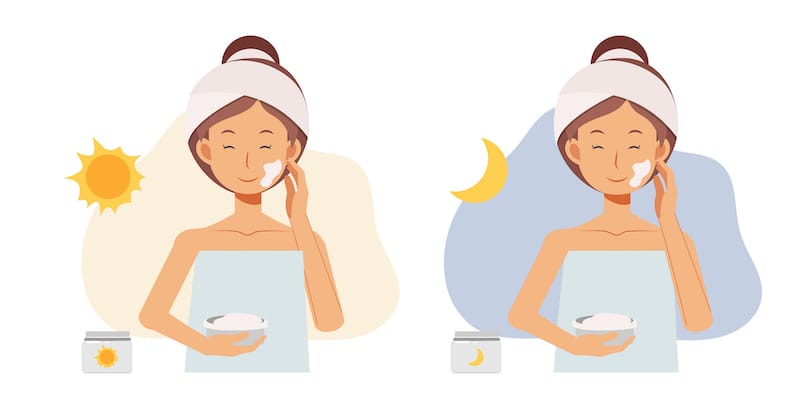
Besides choosing the right product for your skin type, it is also essential to know when and in what order to apply them to ensure that you get the maximum results from each product.
1. Oil cleansing
Oil cleansing products usually contain an oil base, along with a traditional skin-cleansing ingredient called a surfactant, which helps bind to dirt on the skin and remove it without disrupting the skin barrier.
Unlike traditional makeup-removing wipes or even micellar waters, cleansing oils are some of the gentlest products that will still remove all of your makeup.
2. Foam cleansing
Double-cleansing was one of the main highlights of the Korean skincare routine that has become a mainstream practice.
Foam cleansers are better for people with combination or oily skin because they more fully remove oil from the skin’s surface.
3. Exfoliation
Exfoliation is the process of removing dead skin cells from the surface of your skin using a chemical, granular substance, or exfoliation tool.
Our skin naturally sheds dead skin cells to make room for new cells roughly every 30 days, but sometimes the dead skin doesn’t shed completely, which could lead to dry, flaky patches and clogged pores.
Exfoliating can help prevent this.
4. Toner
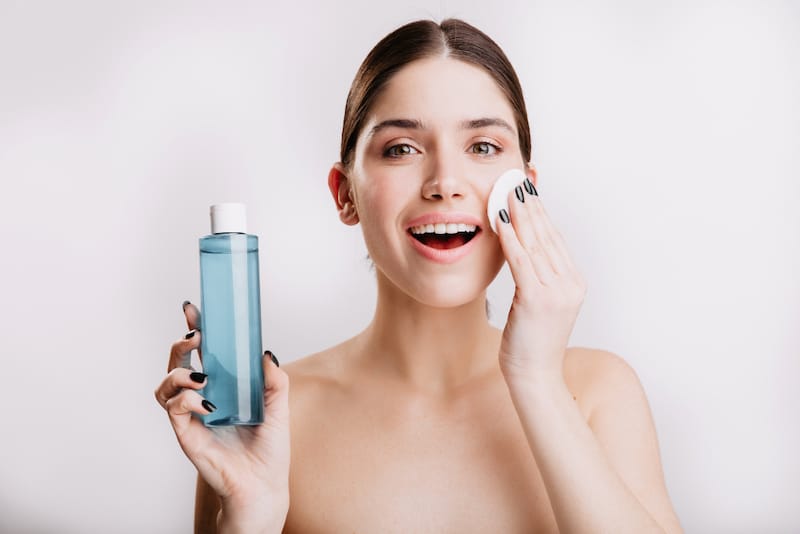
This step used to be the one most people skip due to its harsh effect on the skin, mainly caused by the alcohol in its old formulation. Luckily, it has gotten a modern makeover over the years.
Most toners nowadays are water-based. Toners prep the skin for moisturizers and serum while removing excess oil and stubborn dirt or makeup leftover on your face after you wash it.
5. Essence
It is applied to clean skin after using a cleanser and toner to help restore hydration to the skin cells and is applied before serums and moisturizers to help the skin better absorb these products.
Essence is a water-based skin care product with a high content of active ingredients to hydrate, protect, and boost the skin’s overall health.
Toners prep the skin for moisturizers and serum while getting rid of excess oil and stubborn dirt or makeup leftover on your face after you wash it.
6. Treatments (serums, boosters, ampoules)
These have the same functions, and the only difference is their concentration.
Think of them as concentrated treatments that only have the most potent actives.
They don’t have filler ingredients like emulsifiers or emollients that cleansers and moisturizers do, so the actives can get to your skin faster.
7. Masks
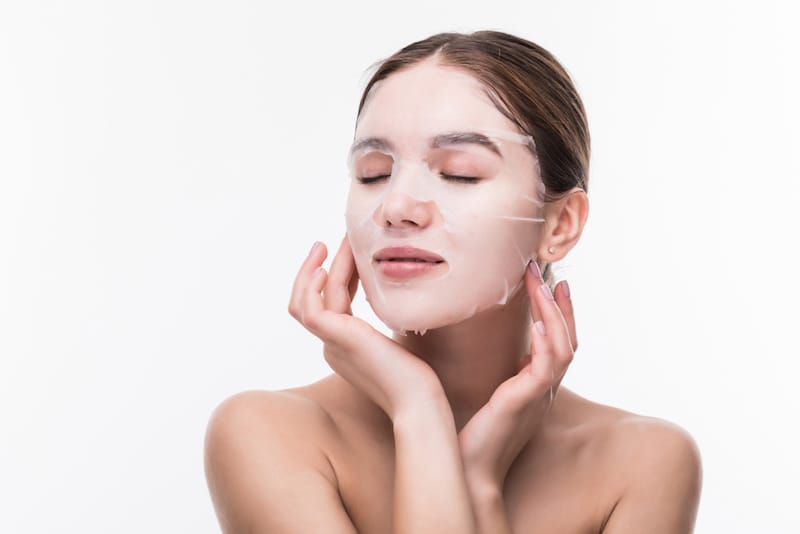
Different masks work better for different people. You first need to know your skin type and what mask to use to make it better.
Some of the common facial masks are for those with dry, oily, sensitive, and acne-prone skin.
Some masks can be used twice a week, while others are more effective if used just once a week or less.
Different masks come with different ingredients, making it a habit to read the instructions on the packaging to achieve the best result.
8. Eye cream
For such a small part, the eye area tends to have many concerns, such as fine lines, wrinkles, dark circles, and under-eye bags.
According to research by Olay beauty brand, the eye-area skin ages faster than the rest of the face, which can make you look up to 20 years older.
Just like facial masks, there are different types of eye cream for different concerns.
9. Moisturizer
This is one of the most critical steps you don’t want to skip in your skincare routine, whether it be for day or night.
Moisturizer is applicable for all skin types, even the oily ones.
Moisturizers also help oily skin by balancing the oil production under control while still giving the skin the hydration it needs.
10. SPF
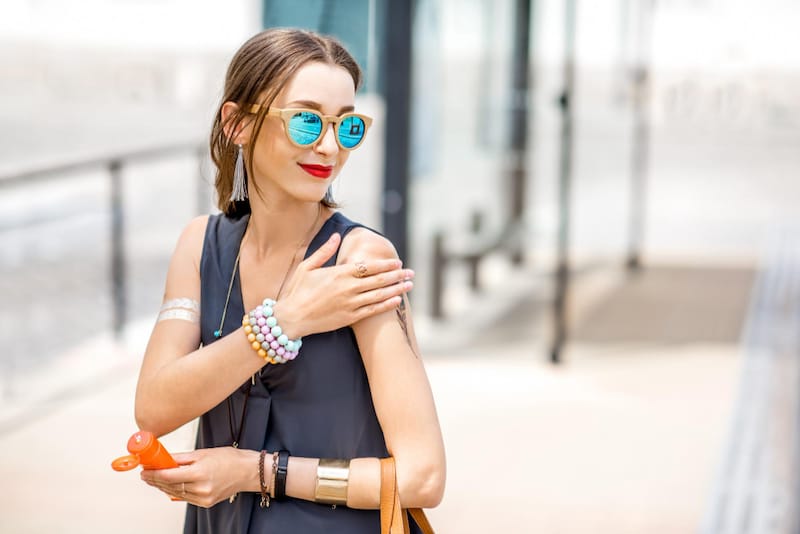
Wearing sunscreen daily protects your skin against those UV rays emitted by the sun and electronic blue light, lowers your risk for skin cancer, and prevents premature aging.
The sun penetrates the clouds even on cold days, allowing harmful UV rays to reach the skin.
Therefore, applying SPF on your face is only recommended for your daytime skincare routine.
FAQs
Is the 10-step skincare routine necessary?
It’s necessary to do all 10 steps every time, especially those steps like exfoliating, masks, and SPF.
Instead, you can just use what you think your skin needs to be healthy and hydrated.
How do I start a skincare routine?
In any skincare routine you want to try, you first need to know what skin type you have and take time researching the products you want to try for yourself.
Take note that different products work for different people and that the best way to keep your skin glowing and healthy is through the foods you eat.
Takeaway
For some people, it is a want to do all these skincare routines, but for others, it might be a need, and it could get frustrating if the products do not deliver the promised results.
So if you do have some skin problems, it would be best to consult your dermatologist before trying a new product for your skin.
As the old saying goes, it’s better to be safe than sorry.

